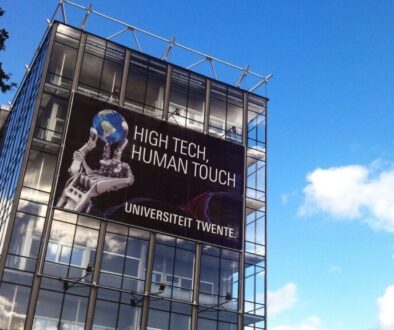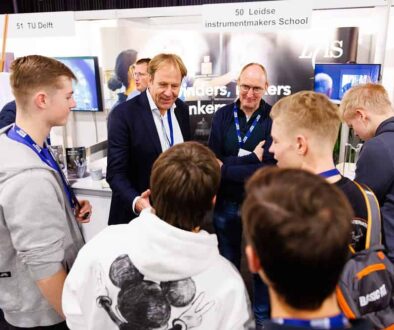Research that changes society: why intellectual property is crucial
The other day I read an interesting article at Innovation Origins in which Suki Sandhu, IP Manager at TU Eindhoven, highlighted something important: “Research and valorization are not limited to the laboratory and publications. Research can actually improve society.” That touched me because it shows exactly why intellectual property (IP) plays such a crucial role in the world of innovation.
Intellectual Property
In a series of blog posts, Marco Coolen provides insight into his work as a Dutch and European patent attorney at AOMB. The common thread is paying attention to intellectual property and acquiring the best possible negotiating position.
Marco Coolen, AOMB, photo © Bart van Overbeeke
As a patent attorney, I often see how ideas and inventions arise that have the potential to really change things. But those ideas alone are not enough. Without proper protection and strategy, they often get stuck in the lab. Intellectual property protection ensures these ideas can make the leap from theory to practice, from academic success to societal impact.
Knowledge valorization
TU Eindhoven systematically protects knowledge through patents, trademarks, and copyrights. This is not a luxury, but a necessity. Why? Because it is not only about creating knowledge but also about turning it into something that can improve society – whether it is a new medical technology or a smart sustainability solution.
What struck me most in the article is how the IP managers at TU/e not only help scientists protect their inventions but also make them aware of the importance of that protection. In my experience, this is often overlooked, especially in the early stages of a career. Scientists want to share their findings quickly but sometimes forget that by doing so, they are putting their rights at risk. Filing a patent application before you publish is not just a formality but a crucial step in protecting your innovation.
What I appreciate about TU/e’s approach is that they actively involve researchers in knowledge valorization. It is not just the IP manager who evaluates the inventions; the scientists remain involved. This ensures both better protection and an improved final product. As a researcher, when you know what patents are already out there, you can adjust and improve your work accordingly.
Successful innovation
Another strength is the way TU/e facilitates collaboration between researchers and industrial partners. This helps get ideas to market faster, which is essential at a time when innovation is moving so fast.
My personal takeaway from these examples is that if you really want to make an impact with your research, you need to take intellectual property seriously. It’s about not only protecting your ideas but using them strategically to make the world a little better. Suki Sandhu and his colleagues’ message is clear: IP is not an afterthought but an integral part of successful innovation.
So, whether you’re a scientist, entrepreneur, or both, make sure you protect and leverage your ideas. It can distinguish between a good idea that stays on the shelf and an innovation that changes the world.



